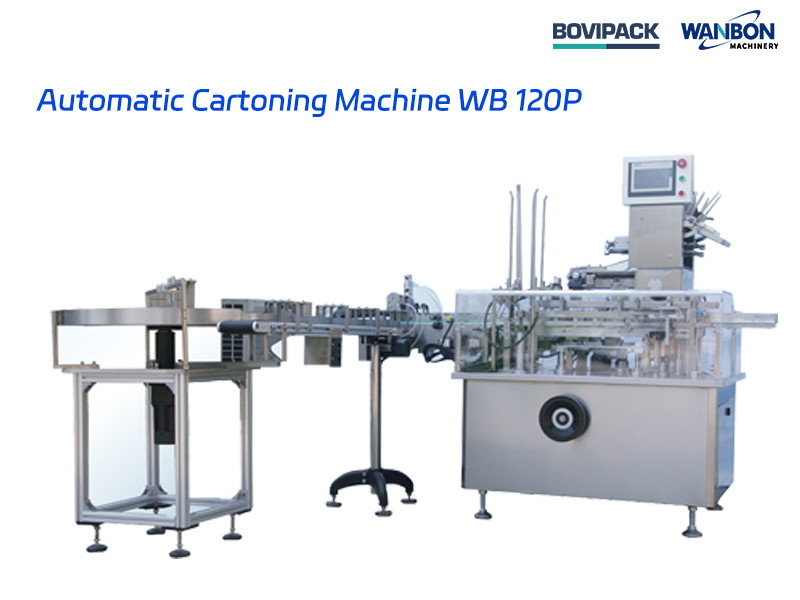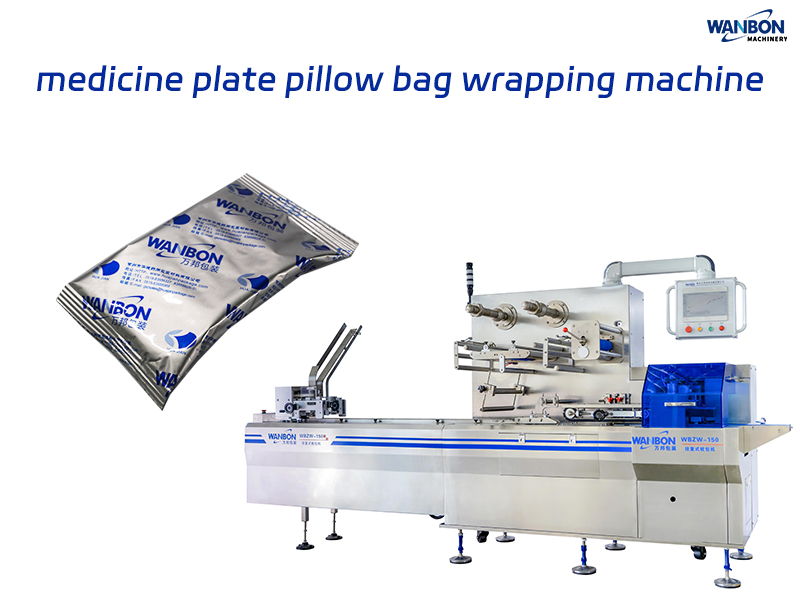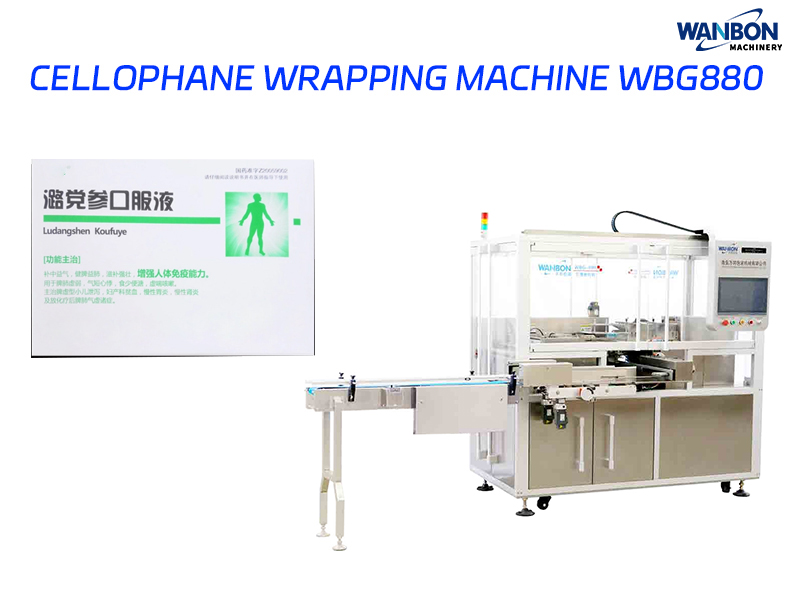News detail
What’s the history of packaging machinery?
The history of packaging machinery can be traced back to ancient times when humans first began to store and transport goods. From simple containers made of clay or wood to sophisticated machines that can package thousands of items per minute, the evolution of packaging machinery has been a fascinating journey.
In the early days, packaging was done manually using basic tools and materials. It wasn’t until the Industrial Revolution in the 18th and 19th centuries that packaging machinery began to take shape. The invention of the steam engine and other mechanical innovations paved the way for the development of more efficient packaging processes.
One of the earliest forms of packaging machinery was the bottling machine, which was invented in the early 19th century. This machine allowed for the automated filling and sealing of bottles, revolutionizing the beverage industry. Other early packaging machines included canning machines, which were used to package food in metal cans, and labeling machines, which were used to apply labels to products.

The early 20th century saw further advancements in packaging machinery, with the invention of the first automatic packaging machines. These machines were able to package products at a much faster rate than manual methods, increasing efficiency and productivity in manufacturing plants.
During World War II, the demand for packaging machinery increased as the war effort required large quantities of goods to be packaged and shipped to troops overseas. This led to further advancements in packaging technology, with the development of new materials and machines that could package goods more securely and efficiently.
In the post-war era, the packaging industry continued to grow, with the introduction of new technologies such as plastic packaging and vacuum sealing. These innovations allowed for the packaging of a wider range of products and improved the shelf life of perishable goods.

In the 1960s and 70s, the packaging industry saw the introduction of computerized packaging machinery, which could be programmed to package products with precision and consistency. This marked a major advancement in packaging technology, allowing for greater automation and customization in the packaging process.
Today, packaging machines has become an essential part of the manufacturing industry, with machines that can package products in a variety of ways, from shrink wrapping to blister packaging. These machines are highly sophisticated, with advanced features such as automatic feeding, labeling, and sealing capabilities.
The future of packaging machinery looks bright, with ongoing advancements in technology such as robotics and artificial intelligence. These technologies are expected to further improve the efficiency and productivity of packaging processes, making it easier for manufacturers to package products quickly and accurately.

In conclusion, the history of packaging machinery is a testament to human ingenuity and innovation. From simple manual tools to high-tech automated machines, packaging machinery has come a long way in a relatively short period of time. As technology continues to evolve, the packaging industry will undoubtedly continue to grow and adapt to meet the changing needs of consumers and manufacturers alike.
Send Inquiry
Copyright © 2025 Wanbon Boway Machinery Co., LTD. All rights reserved.

 Chinese
Chinese Spanish
Spanish